Schiele regarded drawingDrawing is a foundational art form that involves creating images on a surface, typically paper, using tools such as pencils, pens, and charcoal. It is a versatile medium that allows artists to express ideas, emotions, and stories through lines, shapes, and shading. Historical Background • Prehistoric Beginnings: The earliest known drawings date back to prehistoric times, with cave drawings found More as his primary art form and means to express immediacy and to capture the essential characteristics of his subjects. As in his work “Female Model in Bright Red Jacket and Pants”, he often combined graphical elements with gouacheGouache is a painting medium similar to watercolor but with a higher pigment content, resulting in a more opaque and vibrant finish. Known for its versatility and rich texture, gouache is favored by artists for its ability to create both detailed illustrations and bold, expressive works. Historical Background Gouache has a long history, used by artists and illustrators across various More or watercolour, emphasising contour and linearity through monochromatic colour usage.
Klimt & Schiele: Influenced by the Vienna Secessionist movement and especially by Gustav KlimtAustrian painter Gustav Klimt (1862 –1918) was the most prominent member of the Vienna Secession movementthe Viennese interpretation of Art Nouveau. He is best known for his paintings, murals, and other objects d'art, which often incorporate gold leaf and feature the female body as the main subject. At an early stage of his artistic career, he painted architectural decorations in More, Schiele repeatedly deployed imagery like furniture or clothes not as subjects as such, but rather for structural or decorative purposes to perfectly balancing his compositions.
Where is the picture “Female Model in Bright Red Jacket and Pants“ today?
The original picture of “Female Model in Bright Red Jacket and Pants” is on permanent display at the Albertina Museum in Vienna, Austria.
What’s in it?
The “Female Model in Bright Red Jacket and Pants” sits on an undefined object, lifting a dark jumble of clothes. The two pieces of garment pointed to in the title lack volume and are embodying plain red colour, strongly contrasting with the plasticity of the jumble. A similar contrast arises between the volume of the model’s body parts, especially her thighs, directly hitting onto the red colour fields, almost dismantling the figure. Schiele masterfully uses the plasticity of the jumble to mediate between the figure and the background – regardless of the distortion of the figure and the striking colour, the overall impression of the composition appears balanced.
What’s the context?
The years starting in 1914 were emotionally turbulent for Egon SchieleAustrian painter Egon Schiele (1890 – 1918) was one of the leading figures of Austrian Expressionism. He is famous for his fluid drawing style depicting twisted and distorted bodies and raw sexuality. As early as in his teenage years, his formidable talents fully matured as a protégé of Gustav Klimt. In 1907, Klimt had become Egon’s mentor and they developed More. He separated from his long-term lover Wally Neuzil to marry the socially more acceptable Edith Harms. During that time, he experimented with colour and the representation of clothes. In many pictures, the figures nearly seem to get absorbed or dismantled by their clothing and abstracted surroundings. Such is the case in “Female Model in Bright Red Jacket and Pants” and equally strikingly in Schiele’s famous paintingPainting is a fundamental form of visual art that has been practiced for thousands of years. It involves applying pigment to a surface such as canvas, paper, or a wall. Painting can be explored through various styles, techniques, and mediums, each offering unique possibilities for expression and creativity. Historical Background • Ancient Beginnings: The history of painting dates back to More “Death and the Maiden”, which has been interpreted to symbolize the death of his true love to Wally.
Chatter and Prattle
Egon SchieleAustrian painter Egon Schiele (1890 – 1918) was one of the leading figures of Austrian Expressionism. He is famous for his fluid drawing style depicting twisted and distorted bodies and raw sexuality. As early as in his teenage years, his formidable talents fully matured as a protégé of Gustav Klimt. In 1907, Klimt had become Egon’s mentor and they developed More – Facts:
- In 1914, Egon SchieleAustrian painter Egon Schiele (1890 – 1918) was one of the leading figures of Austrian Expressionism. He is famous for his fluid drawing style depicting twisted and distorted bodies and raw sexuality. As early as in his teenage years, his formidable talents fully matured as a protégé of Gustav Klimt. In 1907, Klimt had become Egon’s mentor and they developed More met the middle-class sisters Edith and Adéle Harms, whose family lived across the street from his studio in Vienna.
- In 1915, Schiele chose to marry Edith, who was socially more acceptable than his long-term lover Wally. However, he had hoped to maintain his sexual relationship with Wally, which she strongly disapproved of. Wally left and never saw him again, leading Schiele to paint “Death and the Maiden”. It is unclear if Egon Schiele’s wife was aware of the artist’s actions.
- Despite strong opposition from the protestant Harms family, Schiele and Edith married in June 1915.
Do you want to comment on this text or add information? We would like to hear from you.
Recommended Reading:
This article may contain compensated links. Please read Disclaimer for more info. As an Amazon Associate, I earn from qualifying purchases.
Jane Kallir (2003): Egon Schiele: Drawings and Watercolors
Tobias G. Natter (2020): Egon Schiele. The Paintings. 40th Anniversary Edition
Rudolf Leopold et al. (2017): Egon Schiele: Masterpieces from the Leopold Museum
James Dempsey et al. (2018): Obsession: Nudes by Klimt, Schiele, and Picasso from the Scofield Thayer Collection
Agnes Husslein-Arco et al. (2011): Egon Schiele: Self-portraits and Portraits

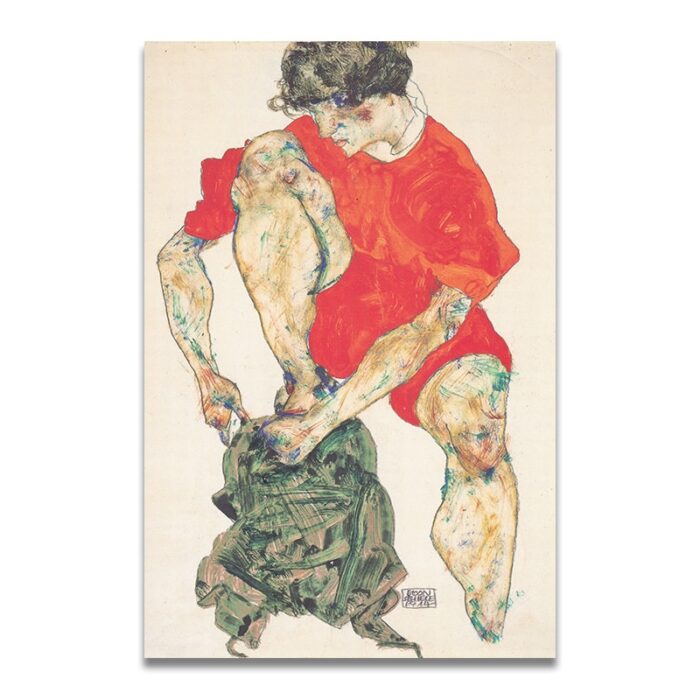
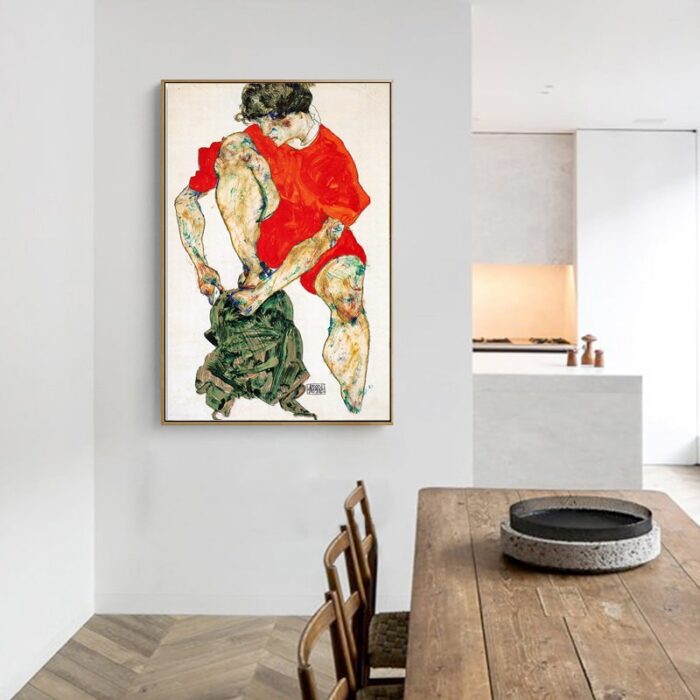
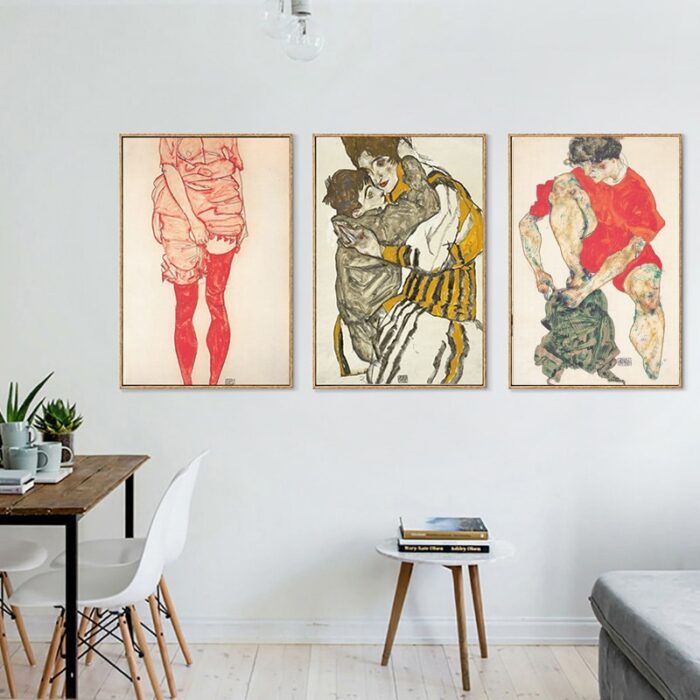

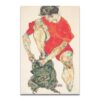
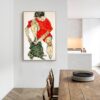
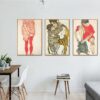
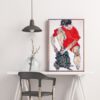
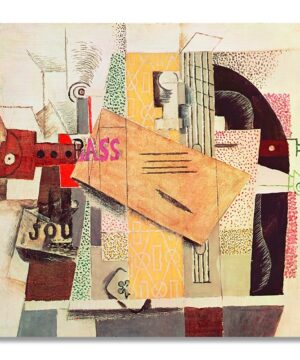
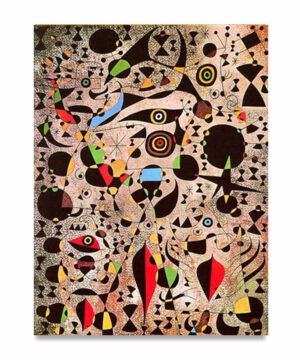
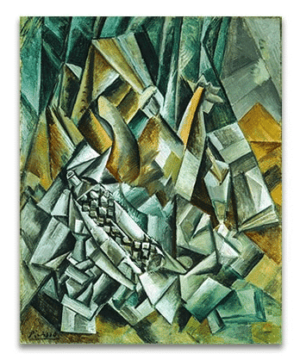
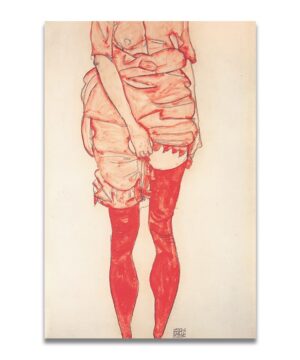
Reviews
There are no reviews yet.